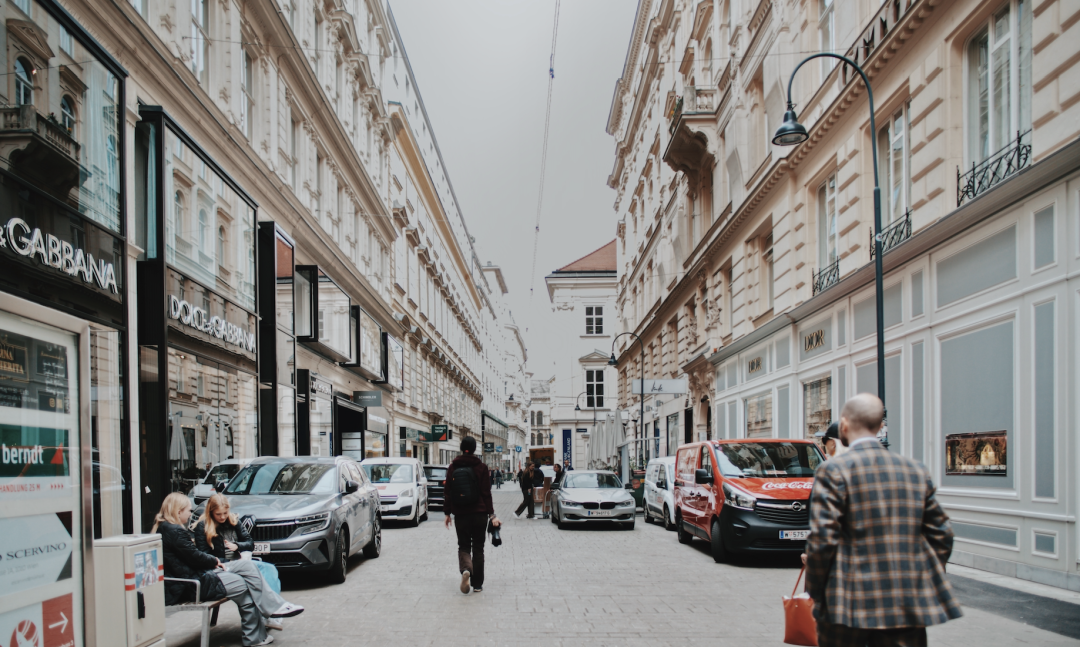Today’s article presents the most comprehensive guide to European river cruises. For this piece, we flew to Europe twice in less than six months to experience river cruising. We also conducted in-depth interviews with several senior experts in the European river cruise field. I can responsibly say that if you are planning to take a river cruise in Europe, this article will be of great help to you, whether it’s about choosing the right ship or selecting the best river cruise route. We like to push our guides to the extreme.
River cruising is a unique way to travel. When you travel on an ocean cruise (cruise ship), most of what you see is the sea. However, when you travel on a river cruise, you can see the cities, towns, villages, and farms along both banks. The scenery is more diverse.
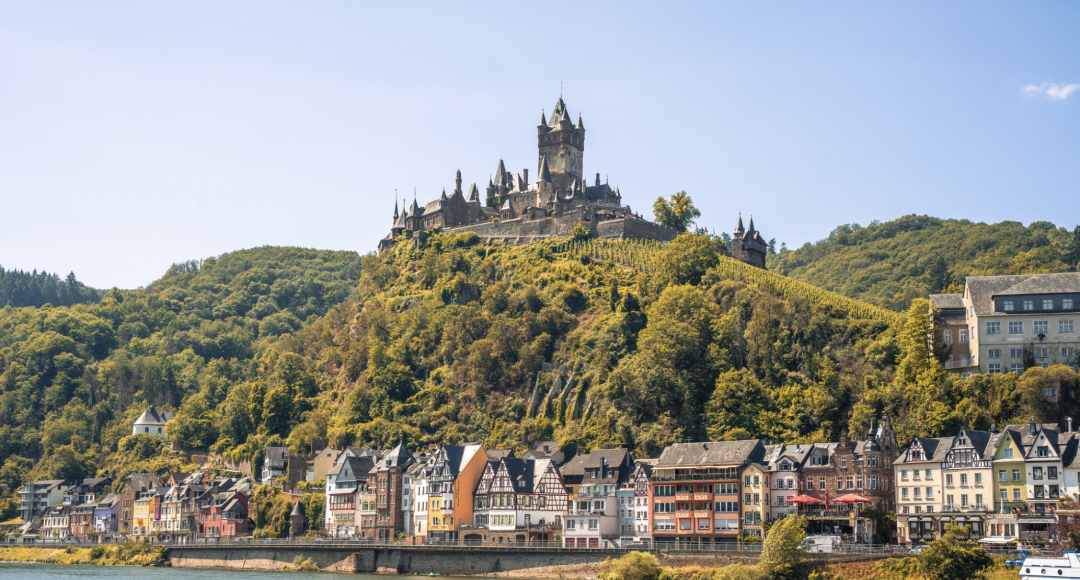
Both river cruises and ocean cruises are great experiences, but they are different. Here’s a comparison for reference between river cruises and ocean cruises.
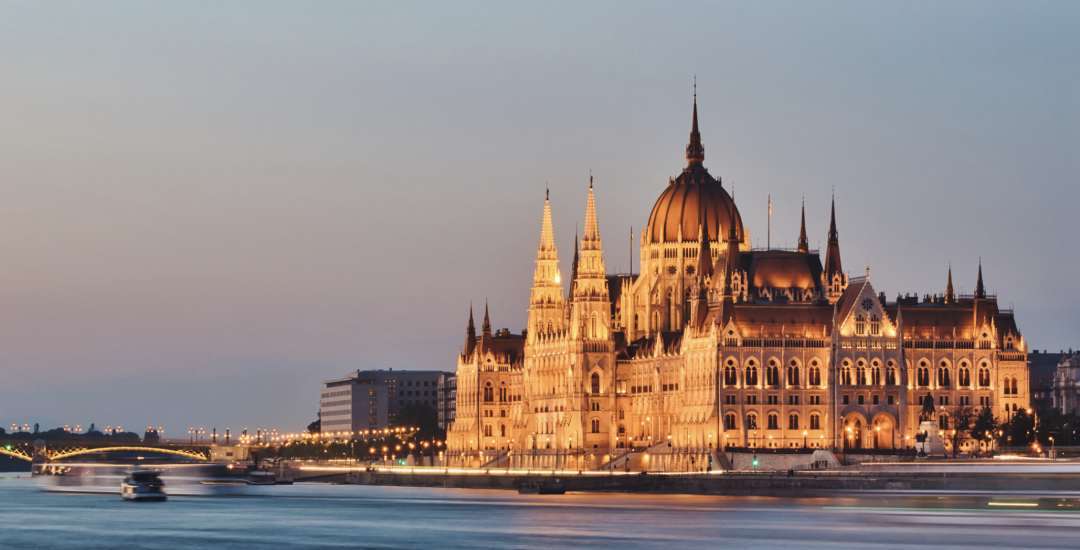
Almost every continent offers excellent river cruise routes:
– North America: Missouri River – Mississippi River
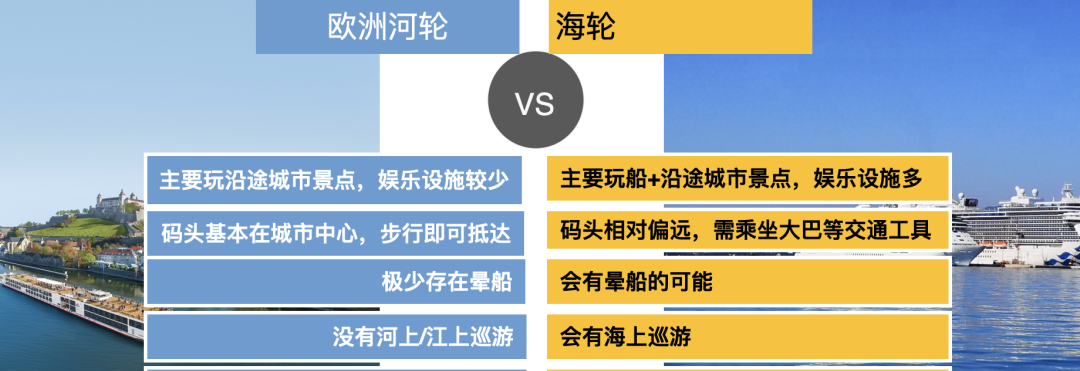
– Asia: Yangtze River, Mekong River, Irrawaddy River, Volga River
– Africa: Nile River
– South America: Amazon River
– Europe: Rhine River, Danube River, Main River
Europe is undoubtedly the best destination for river cruising. According to data from 2019, there were a total of 897 river cruise ships globally (the type that accommodates operational routes), of which 376 were in Europe, while about 50 were in China. As of 2019, there were 376 river cruise ships in Europe’s inland waters (a total of 53,600 beds, with an average of about 142 beds per ship), with an annual capacity of approximately 2.55 million passengers. In 2019, around 28,000 Chinese travelers took European river cruises, accounting for only 1.1% of the total European inland river cruise market. The data is from 2019 because the statistics during the three years of the pandemic were highly inaccurate. Then, in 2023, the number of Chinese passengers taking river cruises in Europe has decreased.
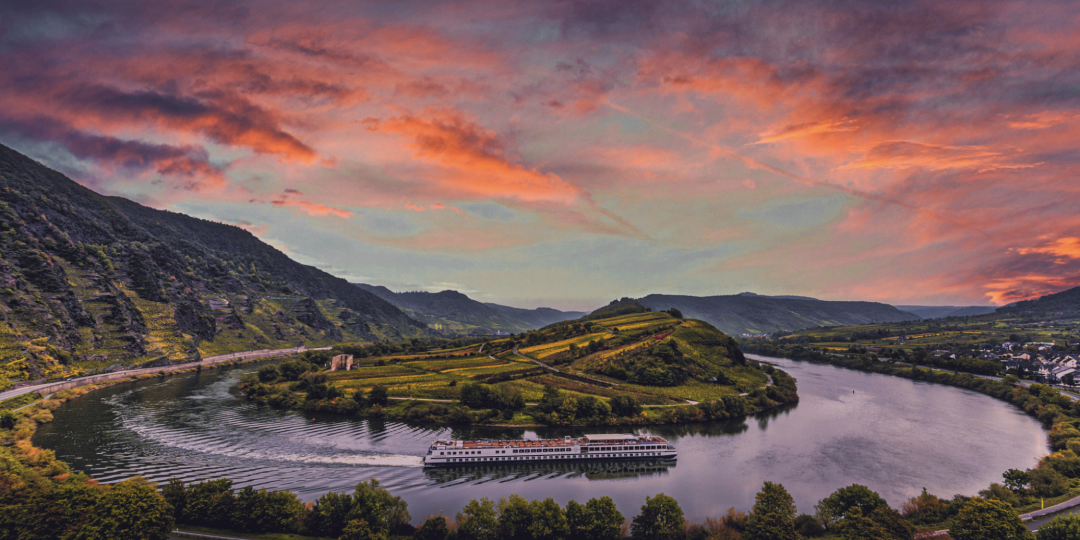
Why is it recommended to choose river cruises for traveling in Europe?
– Slow pace, easy itinerary. Sleep at night and enjoy activities during the day. You can go ashore to explore and return to the ship whenever you want. Compared to traditional group tours, river cruising offers a much more enjoyable experience.
– Time and effort savings. You don’t have to change hotels, endure long travels, or repeatedly handle and organize your luggage.
– More in-depth exploration. River cruise ships are smaller, allowing them to dock in Europe’s inland cities, often renowned historical cities (such as Vienna, Budapest, Bratislava, Esztergom, Frankfurt, Cologne, Koblenz, etc.), covering more destinations in one journey.
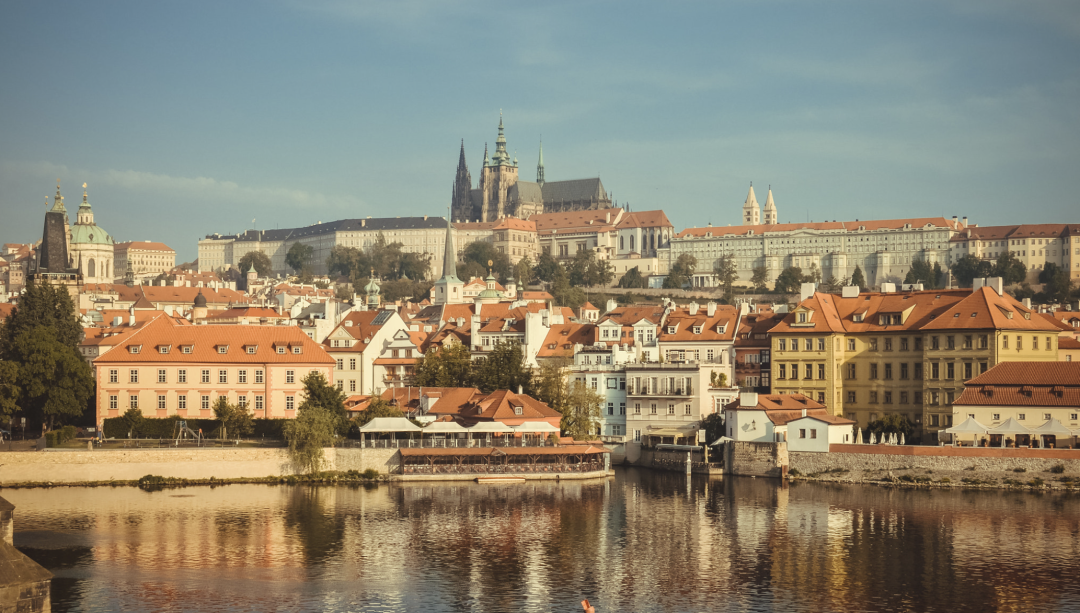
– Scenic views on both banks. All kinds of small towns, castles, churches, and even snowy mountains can unexpectedly appear right outside your window.
– Less crowded. A river cruise ship typically hosts just over a hundred guests, allowing for quick boarding and disembarking within five minutes. The overcrowding and rush often found at domestic ports are completely absent on river cruises.
– Great food. River cruise ships dock daily, and most meals are prepared on-site, ensuring they are fresh and often featuring local specialties.
– All-inclusive pricing. A single ticket covers transportation, accommodation, meals, onshore activities, and even Wi-Fi. The additional charges and shopping stops found in traditional European group tours are completely nonexistent in river cruising.
– Comprehensive Chinese services. Most river cruises are specifically catered to one country (or region), eliminating language barriers.
– Higher safety. Non-river cruise guests cannot board the ship, making it unlikely for passengers to lose money or belongings on board.
Of course, river cruising also has its drawbacks:
– Prices may be higher than those of traditional travel methods.
– The average age of the clientele is often older.
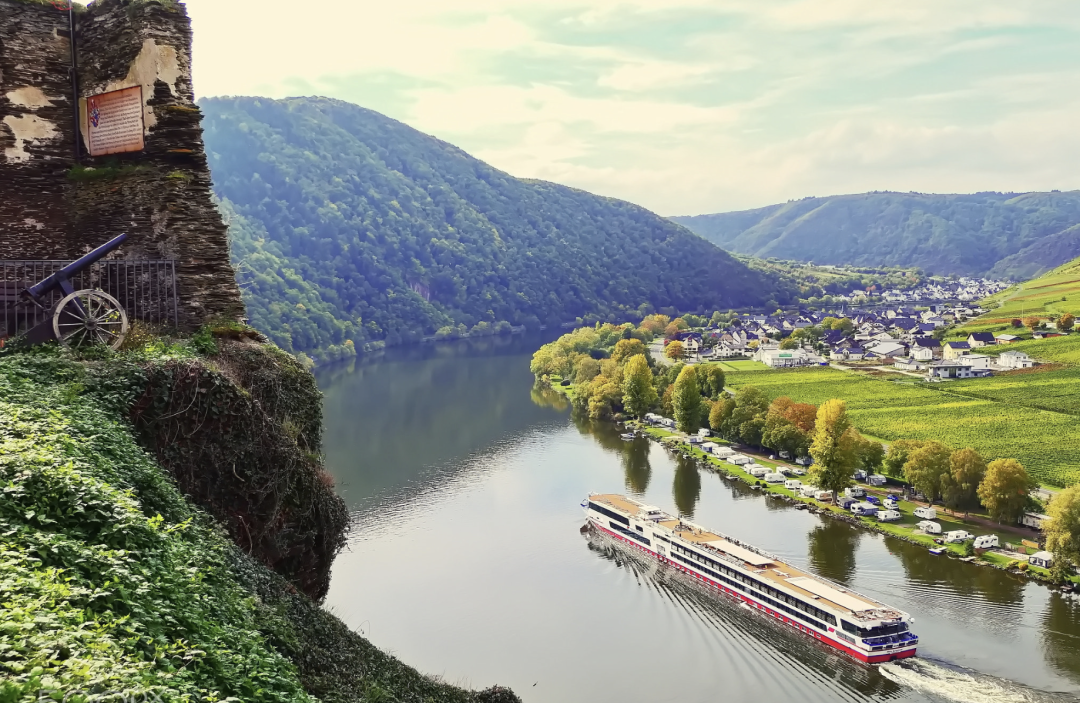
– Routes can be relatively fixed, as there are only so many major rivers.
There are certain misconceptions about river cruises. Many people think a river cruise is a relatively free travel product similar to ocean cruises, where one can casually explore once onshore. In reality, river cruises have ships on the water and buses following on land, with a Chinese-speaking guide responsible for explaining at each destination. They manage both on-board life and onshore itineraries, and there may also be arrangements for connecting segments to other cities before and after the river cruise. River cruising is an all-inclusive travel experience—there’s nothing to manage, and it’s more akin to a high-end group tour.
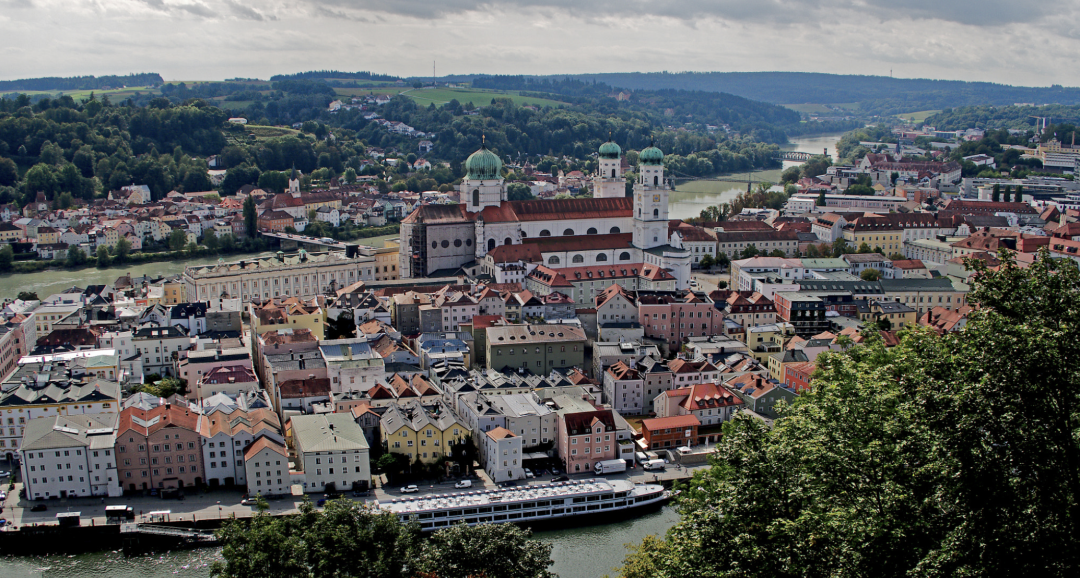
The development history of Danube River cruises is closely related to Princess Sisi. In 1854, at just 16 years of age, Princess Sisi was about to be crowned. Before the wedding ceremony, she took a river cruise along the Danube River to Vienna, passing through multiple European countries and the beautiful Wachau Valley, where locals offered their blessings at every stop. After the Industrial Revolution, traveling by boat along rivers gradually became a symbol of status among European palaces and aristocracy.
Europe’s inland waterways are well-developed and weave through the core regions. World-class cultural and tourism attractions are scattered along both banks, with sufficient supporting facilities such as docking stations and visitor centers, and with varied, themed cruising routes. The map below shows Europe’s main waterways, where the Rhine River, Main River, and Danube River are interconnected.
Notable historical cities along the Danube include Budapest, Bratislava, Vienna, Passau, and Regensburg, with the possibility of cruising through the Wachau Valley. If traveling by car and boat, you can also visit Prague, Salzburg, and Český Krumlov.
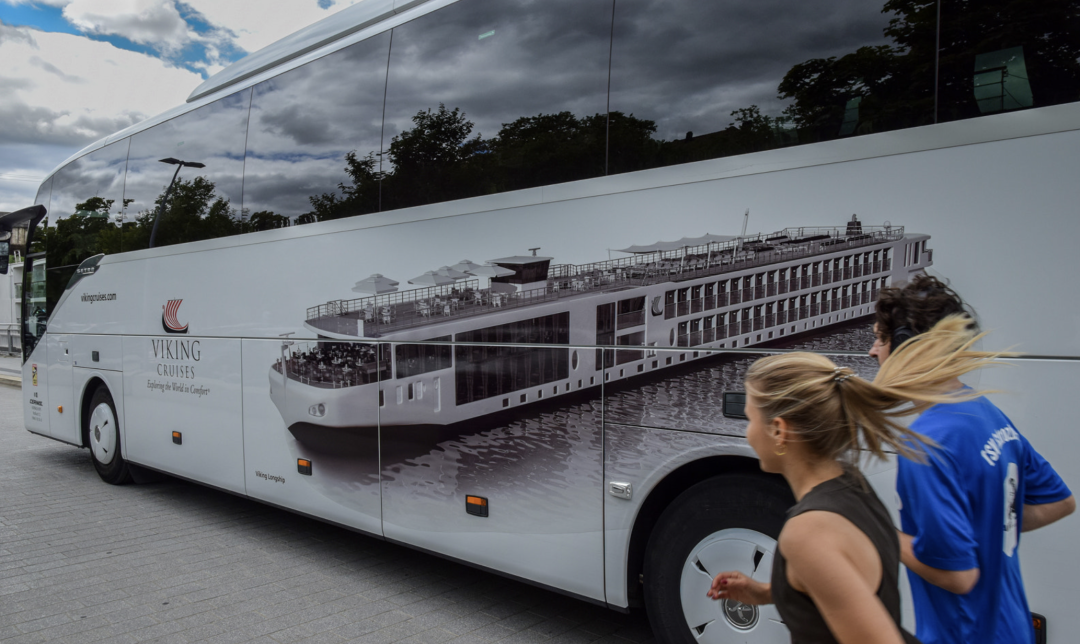
The Rhine River features routes that include Amsterdam, Düsseldorf, Cologne, Koblenz, Rüdesheim, Strasbourg, and Basel. With car + boat options, you can reach Heidelberg, Baden-Baden, Lucerne, and Jungfrau.
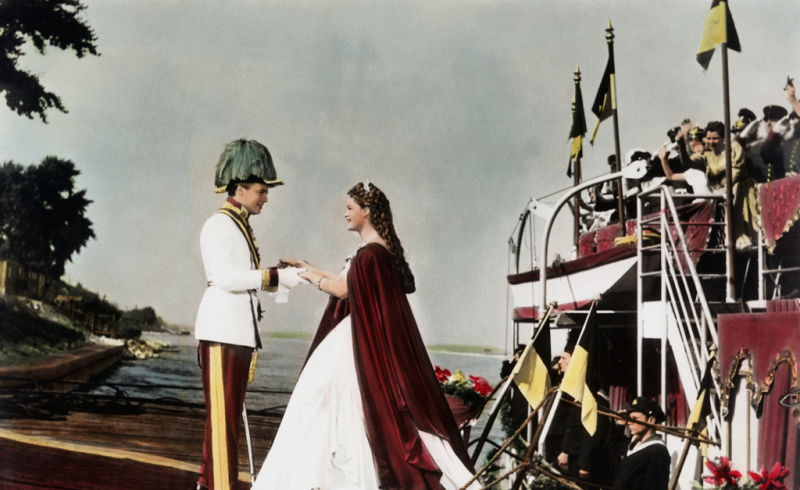
You can also consider a combined Danube and Rhine route, but prepare for a long holiday of 15-20 days. However, this itinerary typically only extends to Vienna and rarely includes Budapest.
Moreover, there are connections between the Danube River and the Rhine River using riverboats and land transportation; for example, you would take a boat on the Danube and Rhine, and travel by car between Basel and Passau.
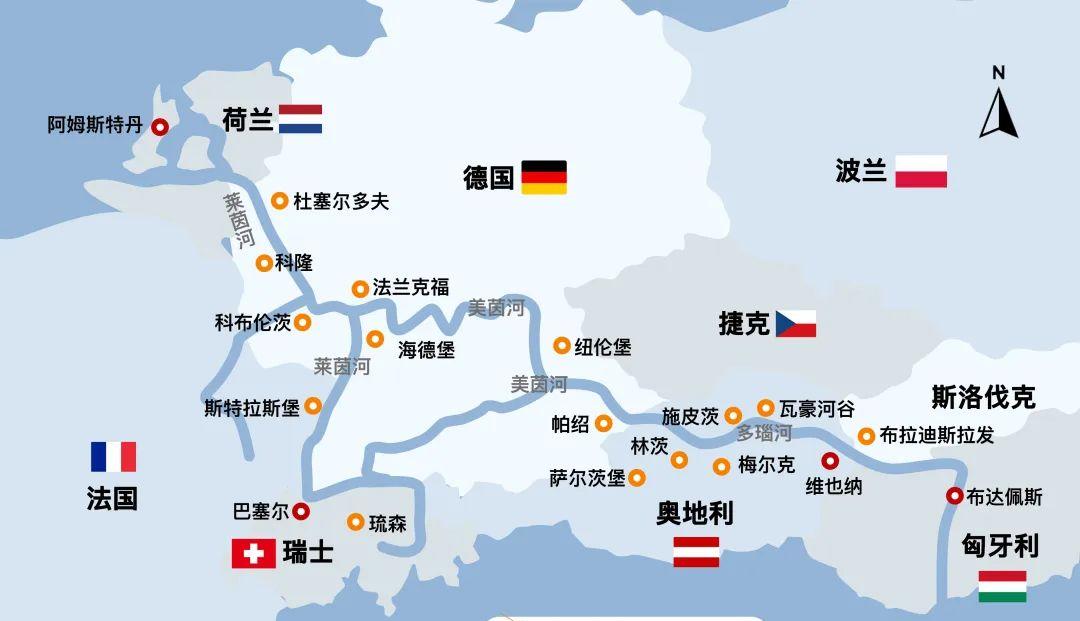
In addition, the Seine River, Douro River, Rhône River, Douro River, Po River, and Elbe River also have river cruises, but few Chinese travelers go there. Currently, most Chinese tourists on European river cruises mainly choose the Danube (approximately 70%) and Rhine (approximately 30%).
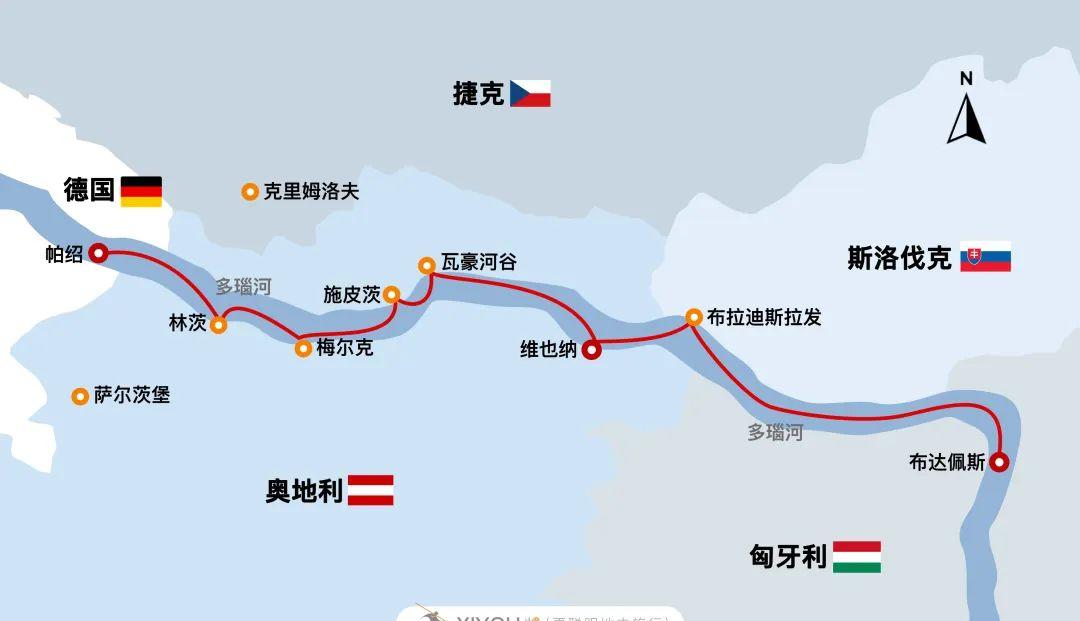
Many Chinese believe that European river cruises are solely dominated by Viking, but in fact, there are many river cruise companies in Europe. Here are a few relatively well-known examples:
– Viking River Cruises: Viking River Cruises has standardized specifications across its fleet, with each ship measuring 135 meters long and 12 meters wide, and accommodating 190 passengers (with an average of 180 for the Chinese ships). Viking holds the largest market share for river cruises in Europe, especially for Chinese travelers. They were also one of the first European river cruise companies to explore the Chinese market.
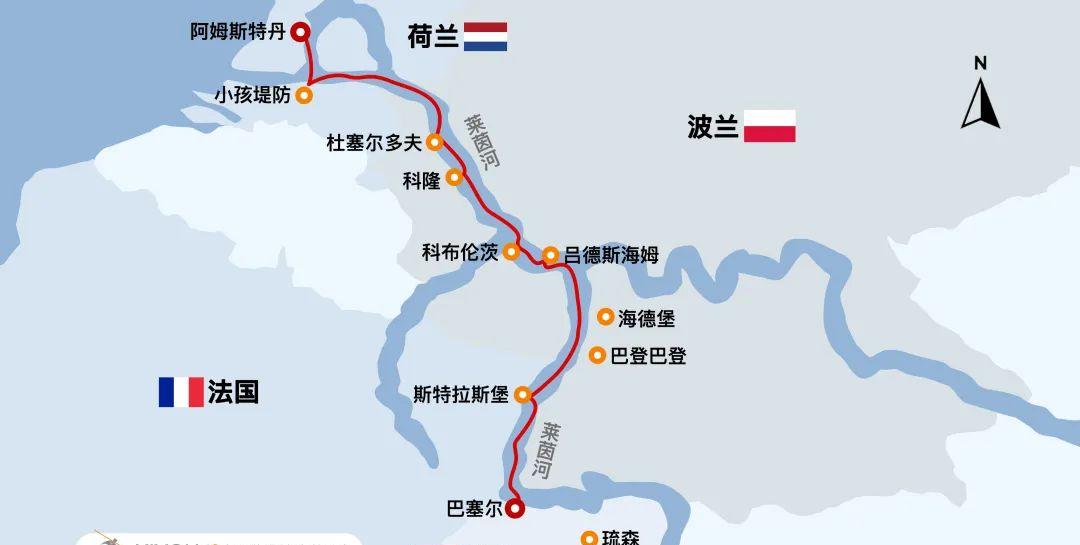
– Amadeus River Cruises: Based in Austria, Amadeus Mozart River Cruises has over 30 years of experience in operating inland river cruise ships. Its primary feature is maintaining tradition, offering classic Western cuisine and European-style service, and some ships have pools. The fleet currently includes 17 riverboats, most of which are relatively new, with new ships being launched continuously. It appears that a new ship set to launch next year has already been booked by the Chinese market.
– Riverside: Following the bankruptcy of Crystal Cruises, some of their European riverboats were purchased by Riverside. This is the only fully suite river cruise in Europe with terrace cabins, and it is currently the top river cruise in the market.
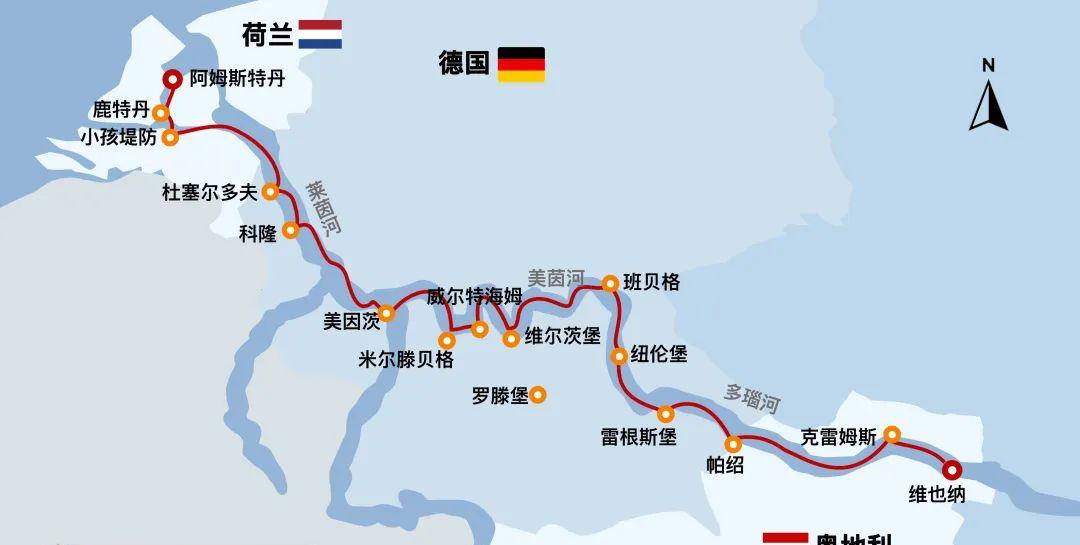
– Ama Waterways: Founded in 2002, Ama Waterways is a leading provider of boutique river cruise experiences, currently operating a fleet of 37 riverboats, which are some of the newest and highest-quality in Europe.
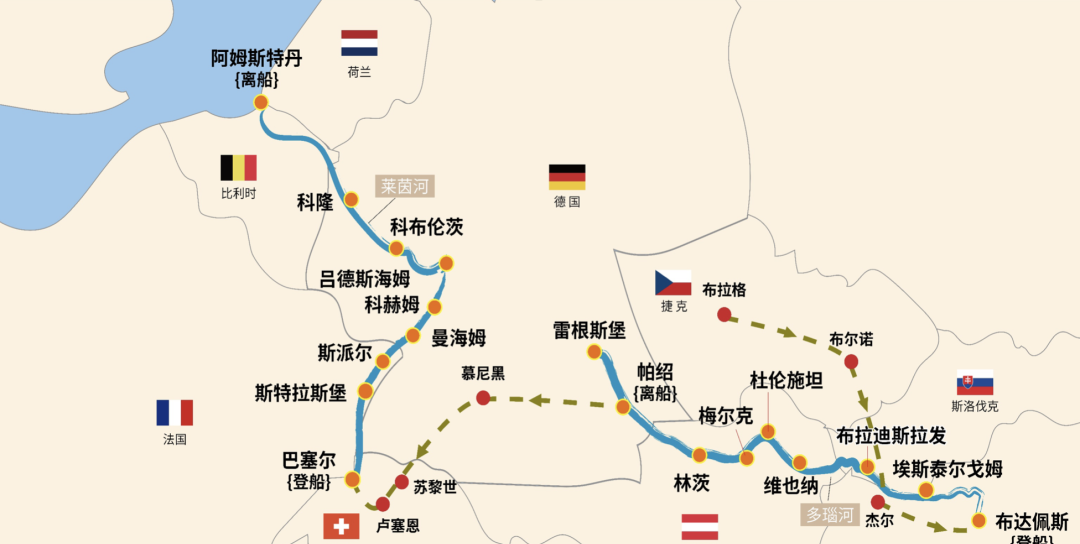
– Uniworld: Uniworld offers luxurious river cruise experiences, with routes on the Seine, Dordogne, Garonne, Po, and in Spain and Portugal on the Douro River.
– Croisi Europe: Founded in 1976 in France, the company currently operates 44 ships, accommodating between 100 and 180 guests. Some of the ships undergo annual renovations to maintain quality. Although most crew members speak English and other European languages, the focus remains on the French market.
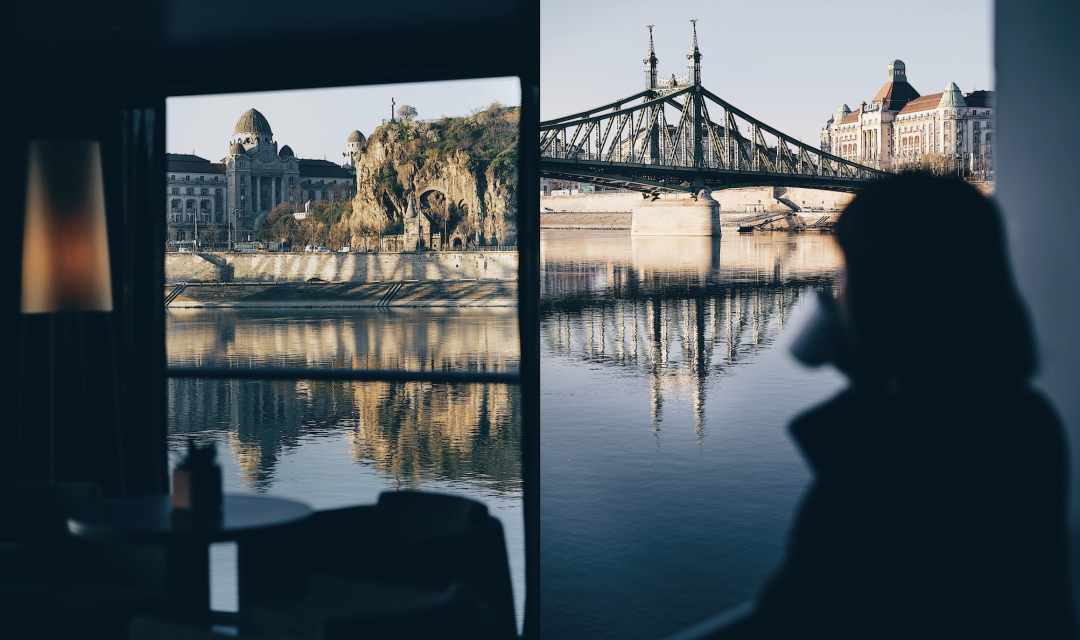
– Scylla Cruises: Founded in Switzerland in 1974, Scylla currently has 34 riverboats, with a sub-brand called Viva, sailing through major European rivers and canals.
– Mystic Cruises: A subsidiary of the Mystic Group (Portugal), currently operates 33 riverboats.
– A-ROSA: This brand has 13 riverboats, easily recognized by its iconic rose-red lips. Routes are primarily along the Danube, Douro, Rhine/Main/Moselle, Rhône/Saône, and Seine rivers. While the exterior appearance is stunning, the interior may be somewhat dated.
So, how do you choose a river cruise in Europe?
1) It is best to select a river cruise that caters specifically to Chinese travelers and provides Chinese services. River cruising operates regionally; on the same Danube River, there are ships dedicated to Chinese guests as well as those for other nationalities. A riverboat typically accommodates just over a hundred people, and travelers from different countries have varied travel styles and dietary habits, so mixing different nationalities together can be inappropriate. Moreover, being in a unified language environment is significantly easier for everyone, as Europe is filled with information needing explanations.
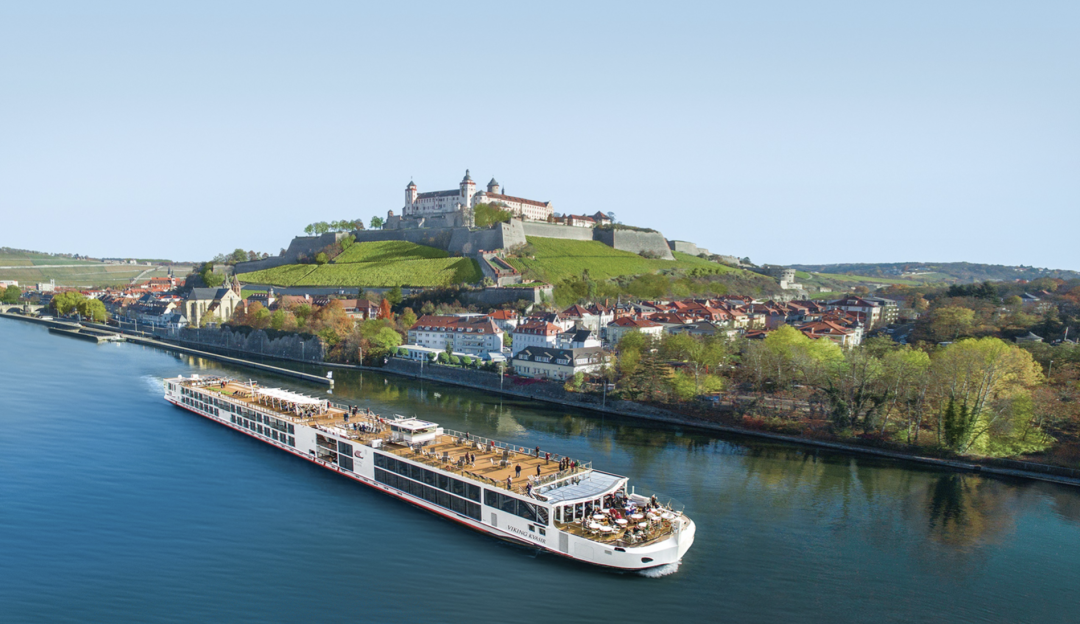
lucky for travelers, river cruise companies are now wanting a piece of the Viking action. Many cruise lines have released several ships specifically for the Chinese market, featuring full Chinese services.
2) You must focus on parameters; specifically, observe the following data:
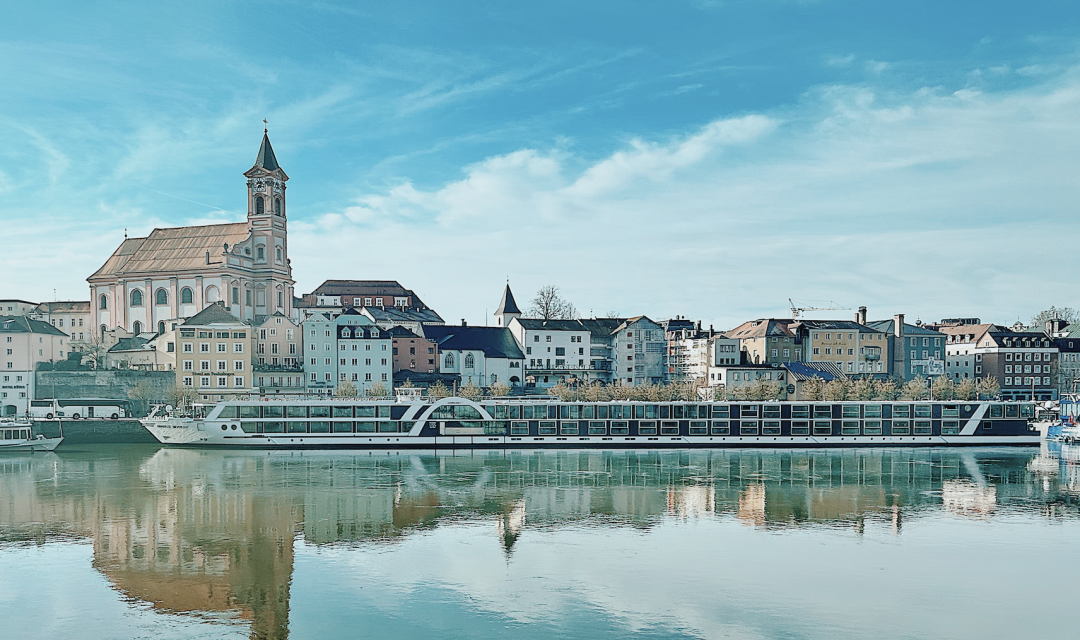
– Newness (launch date, renovation date)
– Size (room area)
– Crew-to-passenger ratio (the quality of service is linked to this metric). We created a chart based on our data analysis: luxury > high-end > modern. It’s not just a matter of casual opinion regarding which ships are luxury, high-end, or modern. A comparative analysis of parameters makes it very clear. Data is the most genuine and reliable.
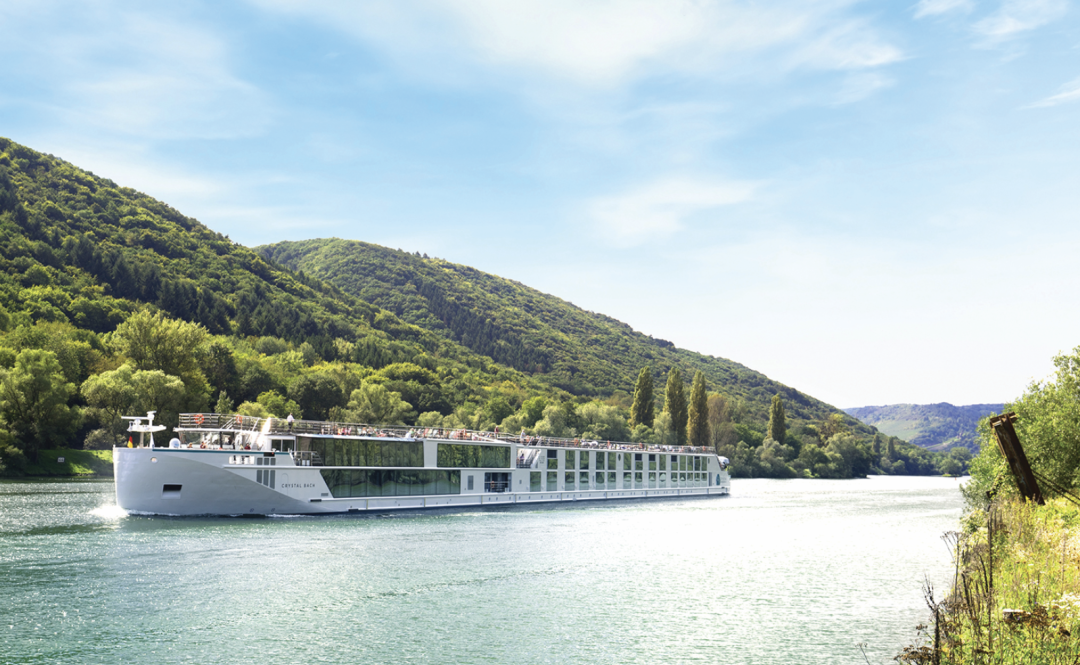
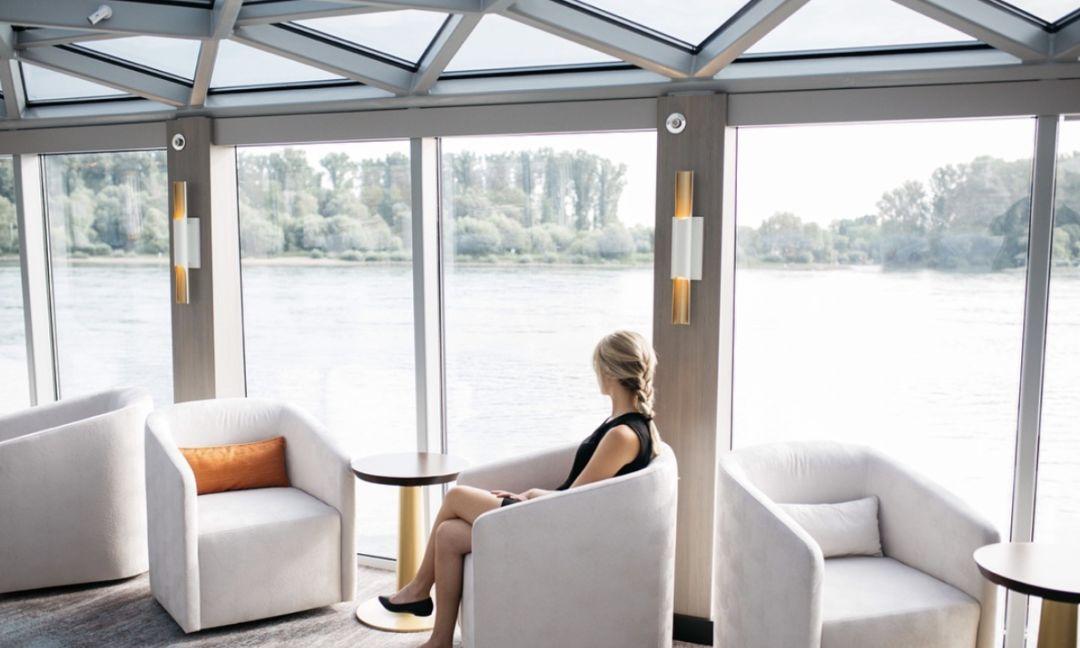
The newness of riverboats is incredibly significant; I will show you comparisons between older and newer ships to illustrate the difference in room quality. Some older ships are relatively dated.
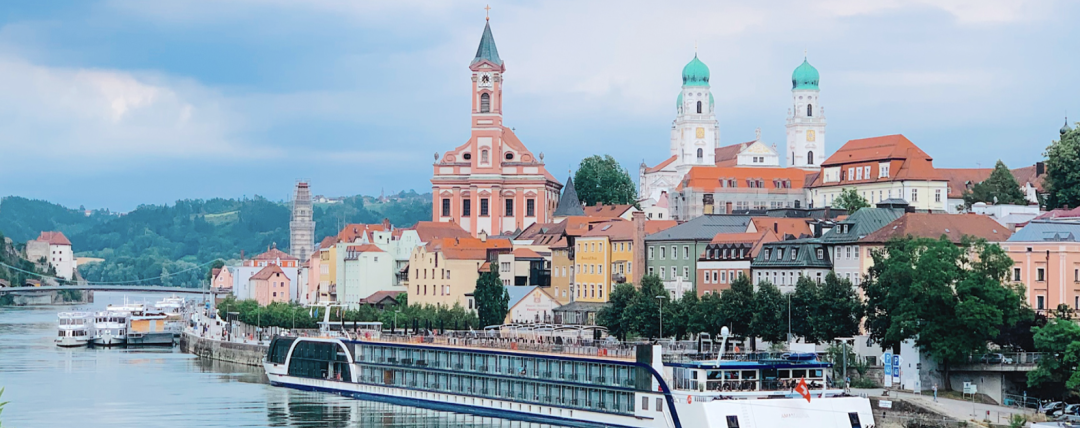
In contrast, newer ships typically have pools, gyms, and spas. It’s often impossible for older ships to have pools due to space constraints—why take up that area for a pool when you could have more rooms instead? Although some of these facilities may seem like “pretty waste,” they’re still essential for an enjoyable experience.
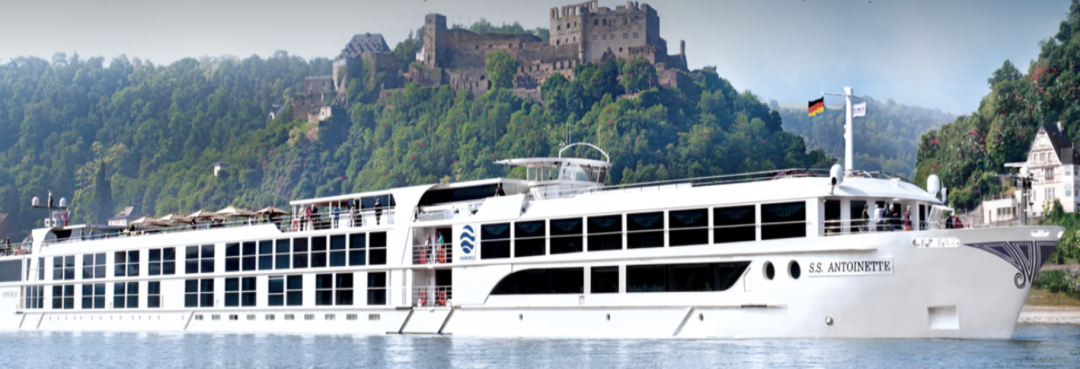
Room size is also crucial; if a cabin is too small, the experience can become stifling. Below is an image of the Amadeus Silver III that we visited this year, and the room feels comfortable. Because cabins on riverboats generally have limited space, most cannot accommodate extra beds, and they usually cannot support a 2 adults and 1 child configuration. For 2 adults and 1 child, booking 1.5 rooms is generally recommended; for 2 adults and 2 children, 2 rooms are advisable. I recommend aiming for a cabin size of over 15 square meters. Rooms with only 11 or 12 square meters can feel quite cramped.
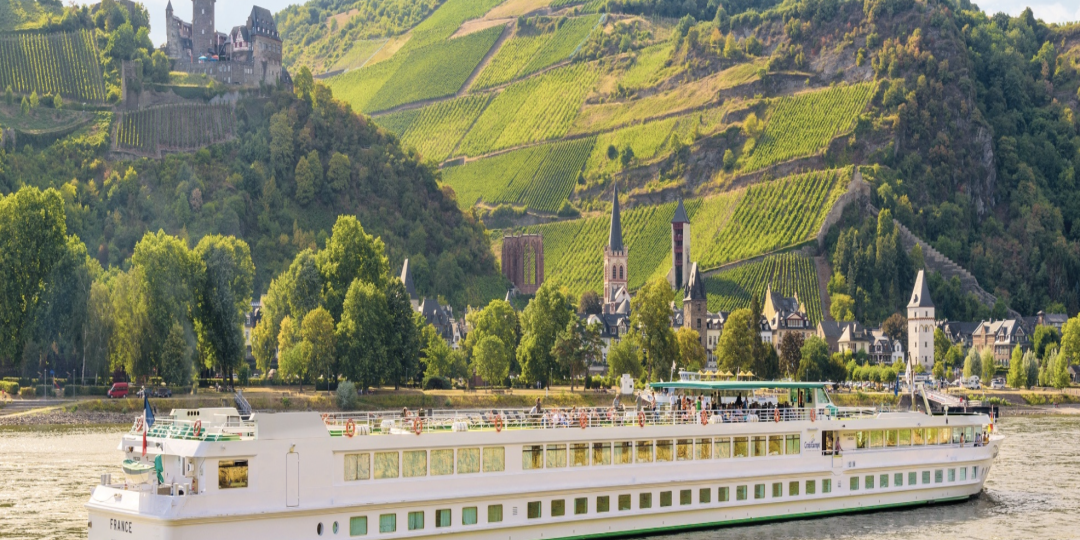
3) The river cruise itinerary is important. The Rhine River leans more toward natural landscapes combined with architecture, while the Danube River is richer in historical buildings, music, and cultural ambiance. The Danube’s World Heritage Sites are also more numerous. It is critical to pay attention to the number of nights you stay on the riverboat since some river cruise itineraries combine bus tours with river cruising. While they might appear to have lengthy travel times, actual time spent on the riverboat could be limited, leading to lower cost-effectiveness.
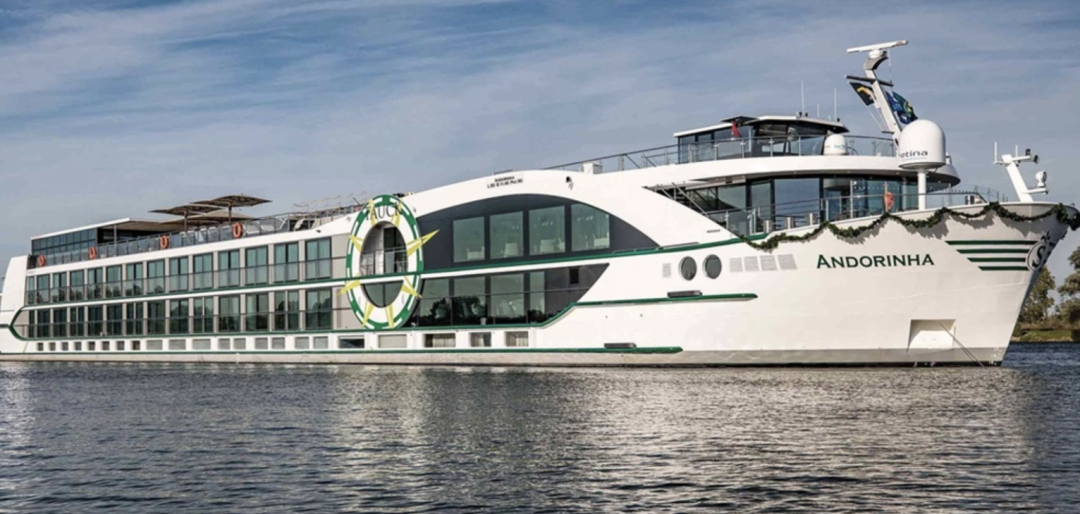
Furthermore, I recommend choosing routes that do not include backtracking. For instance, the best route on the Danube is from Passau to Budapest or vice versa. Many riverboat itineraries go back to Vienna, or they might go from Vienna to Passau and then to Budapest. This backtracking often occurs because flights to Vienna are cheaper. However, it generally wastes time; I prefer that more time is spent enjoying the experience and less on transportation. The same goes for the Rhine—opt for routes from Amsterdam to Basel (or in the opposite direction).
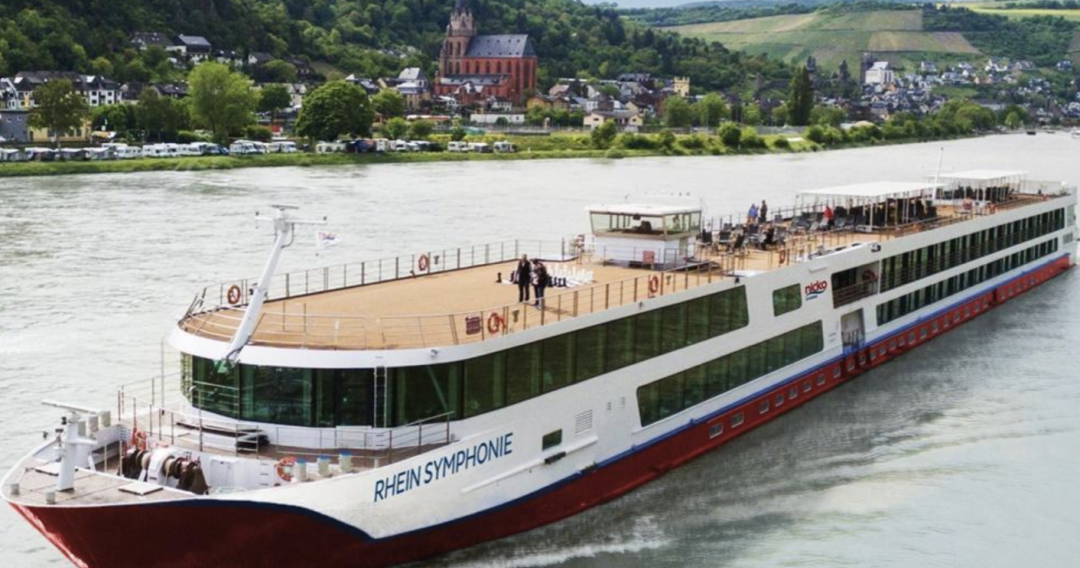
4) Examine the riverboat prices and what is included. Before the pandemic, river cruise tickets were almost always all-inclusive, with no additional costs or shopping stops. However, the situation has changed in the post-pandemic era! I have found several river cruise tickets that only include a basic package; the standard city walk after disembarking is complimentary, but upgraded onshore excursions that require transportation begin to incur additional charges. This actually presents potential pitfalls, as river cruising was never operated this way before. Some poorly managed companies are driving away quality ones. Therefore, I advise everyone to check carefully what the ticket includes. For those river cruise companies that feature daily optional expenses, it’s best to firmly decline!
Also, pay close attention to whether drinks on board are free, Wi-Fi is free, whether onshore activities are included, and if entrance fees to onshore attractions are covered. Are they for full visits or just viewing from a distance? Furthermore, ensure you understand what free onshore activities are offered.
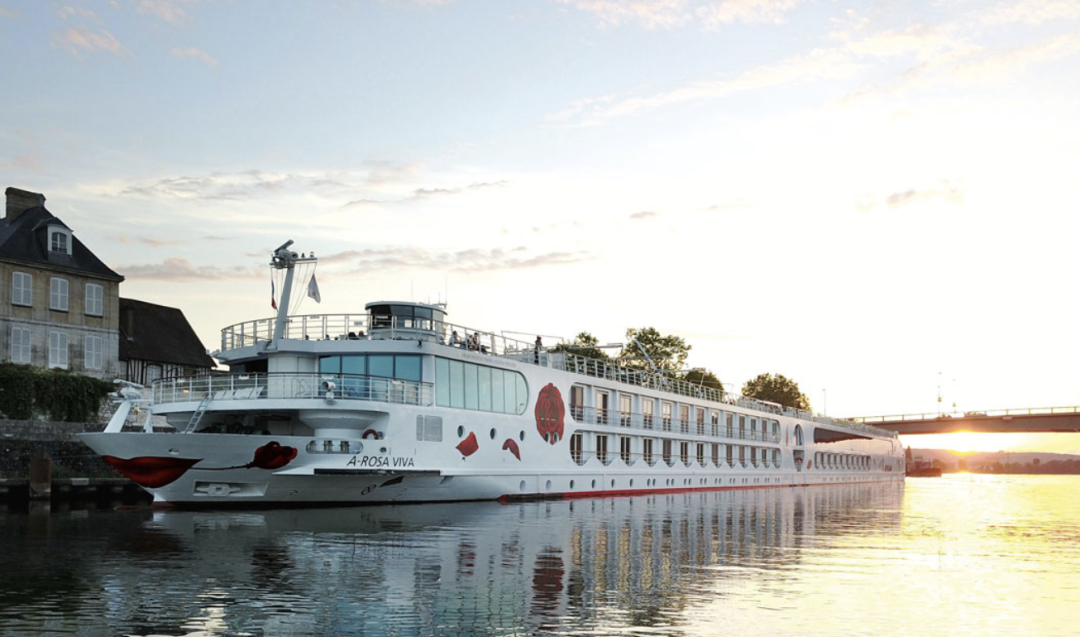
During the itinerary, check for any additional expenses or shopping. River cruises are generally premium experiences, so there should be minimal issues involving shopping and extra costs. However, some exceptional cruise lines may still incorporate these elements. When selecting, give extra thought to this. Of course, a visit to an outlet or free time on the main shopping street in a city doesn’t count as shopping.
How to choose a room on a European riverboat?
European riverboats typically feature four decks, with standardized dimensions for length, width, and height. Otherwise, some bridges and locks would be impassable.
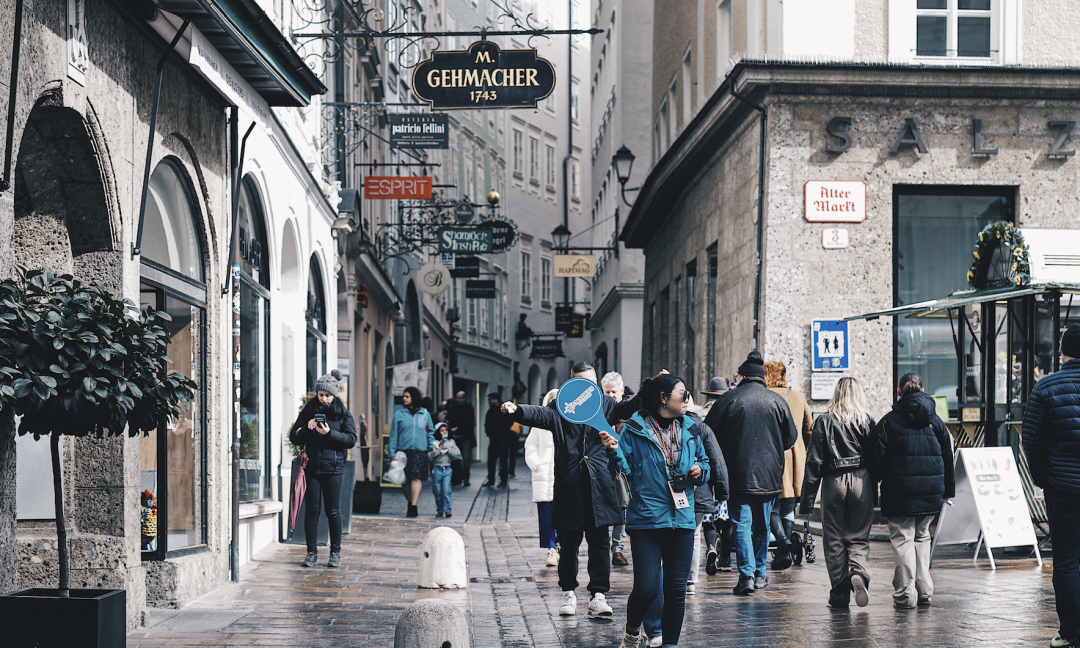
One important point to note is that almost every riverboat has rooms on the first deck partially below the waterline. Below is a real photo that illustrates this point.
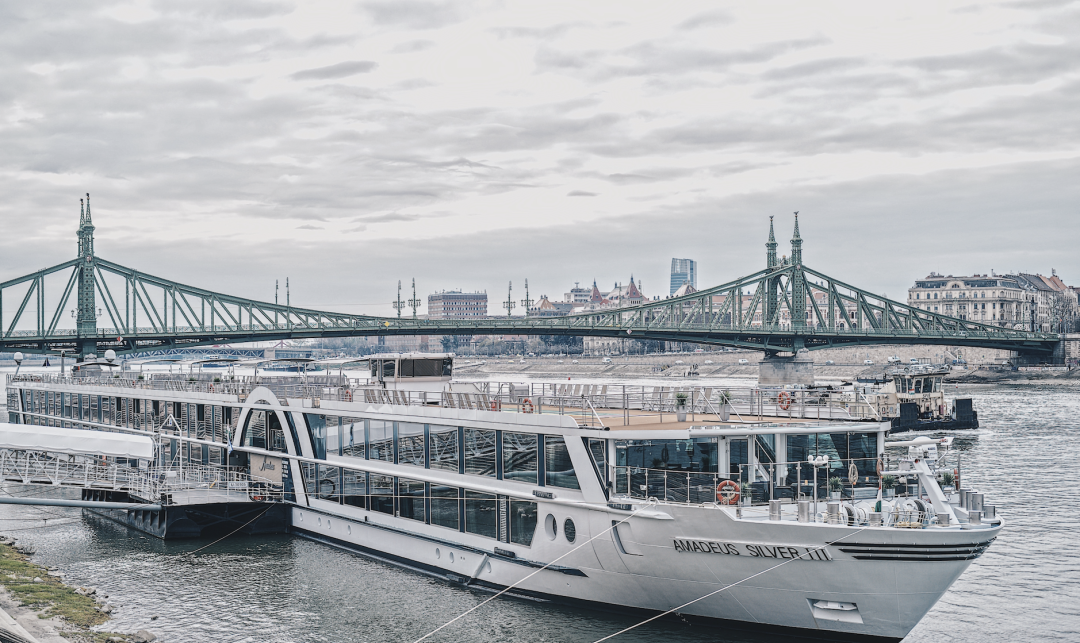
Because the first deck contains some rooms that are partially below waterline, they have only small windows, offering no views. If you’re not fond of such rooms, avoid choosing cabins on the first deck, as these are usually the cheapest.
It’s advisable to begin selecting cabins from the second deck. On moderately better riverboats, second-deck rooms typically feature large floor-to-ceiling windows (or balconies). Rooms without outside access are called French balconies, while those that can be accessed are termed balcony rooms. Newer ships generally have large windows too.
The fourth deck (top deck) typically contains public areas and rarely has cabins.
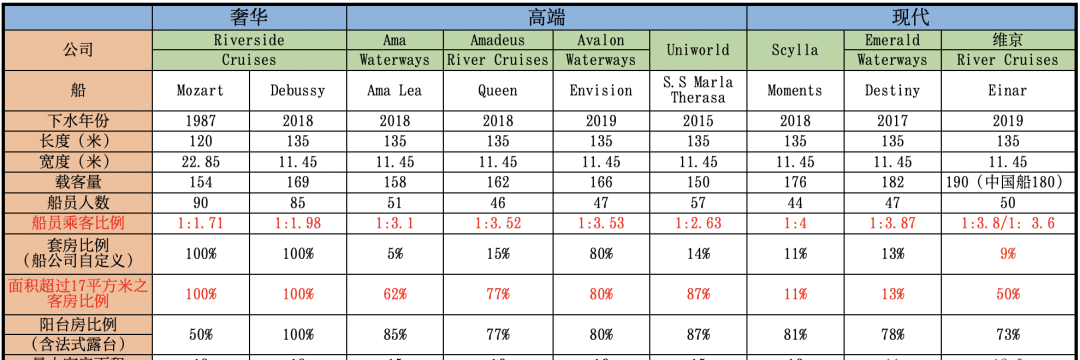
Post-pandemic, river cruise prices have increased significantly. Taking Viking as an example, the prices from 2019 (pre-pandemic) to 2024 (post-pandemic) have generally risen by 50%-70%. Other European riverboat prices have similarly risen; especially after Riverside acquired Crystal’s ships, drastic increases were observed. The main causes are inflation along with rising labor and fuel costs. Regarding Viking, I inquired about the substantial reasons for the price hikes, and they attributed them to the high proportion of Chinese crew members, which naturally inflate costs. I possess a price list for Viking from 2019 as well as one for 2024 for comparative purposes.
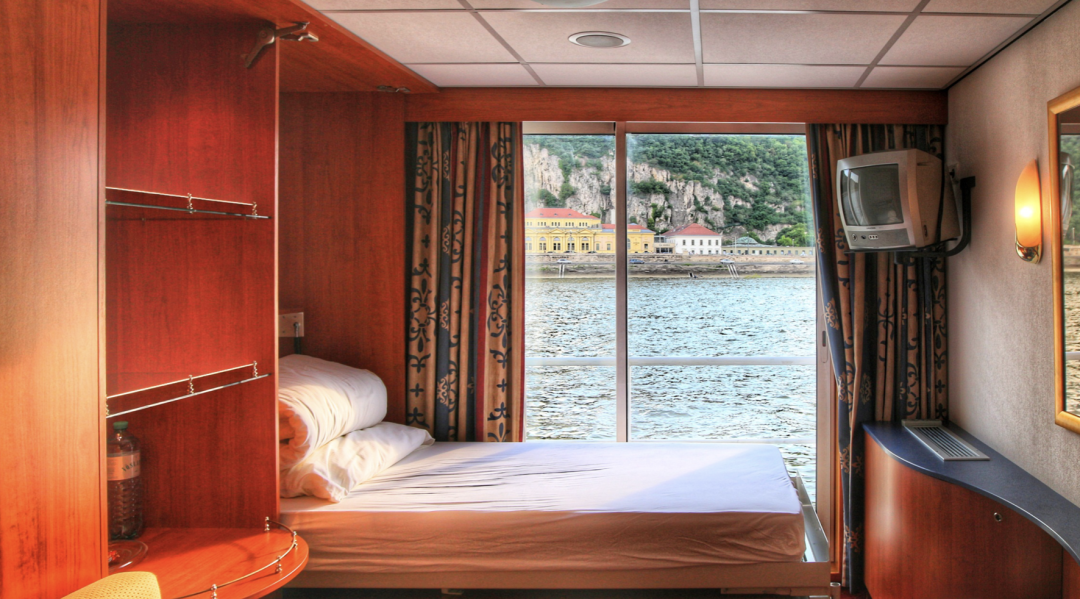
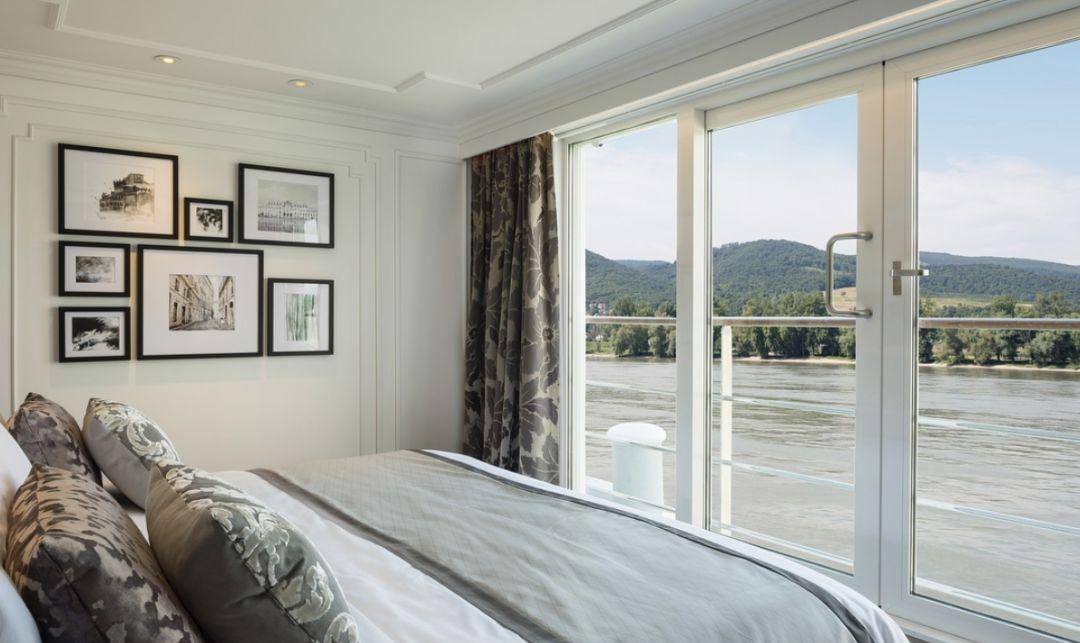
This article doesn’t provide a direct answer regarding which ships are good or not; as it’s quite relative. Beyond reviewing parameters, it’s essential to analyze itineraries, prices, and even compare services. This article primarily serves as a methodology, guiding you on how to select the riverboat and itinerary that best suits your preferences.
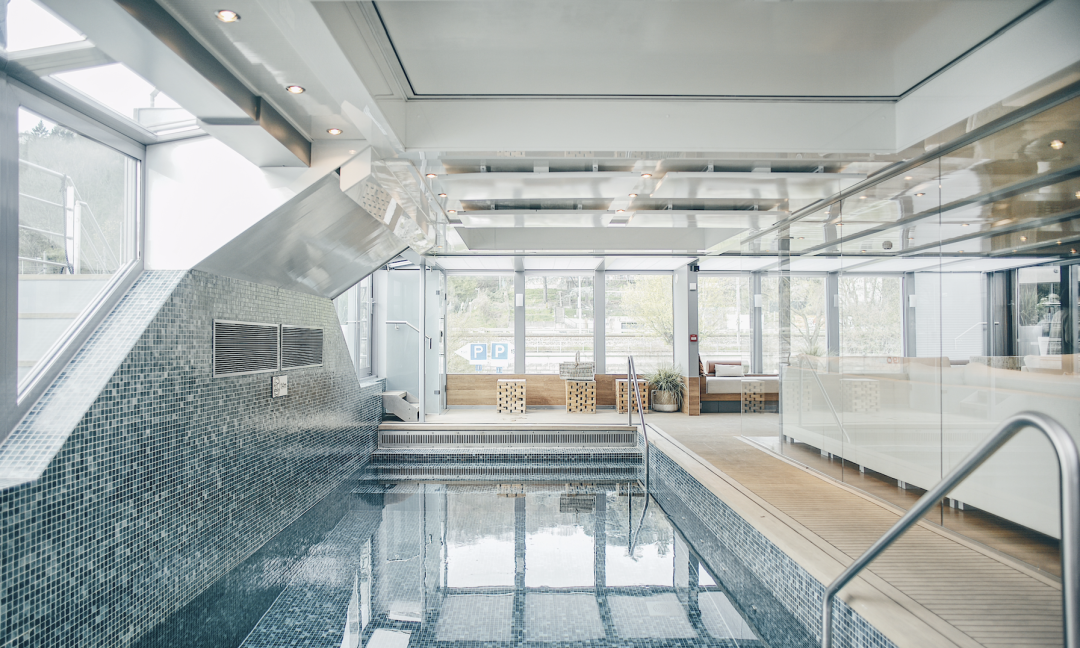
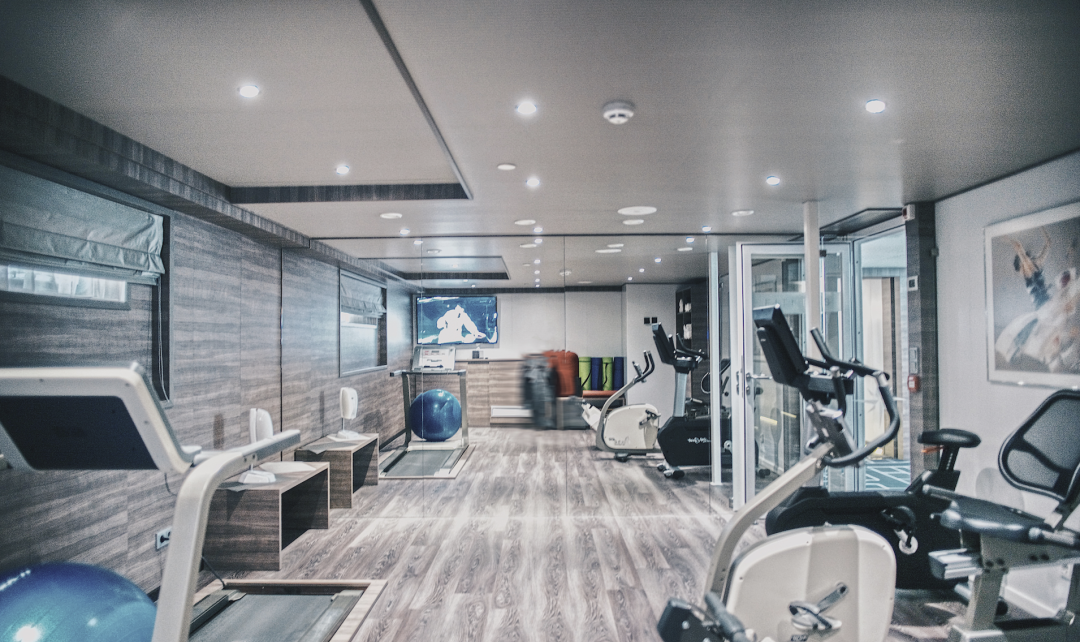
We also produced a video guide regarding a Danube River cruise, which was taken this year during our trip. Video guides can sometimes be even more straightforward.
Lastly, here’s my personal hope. I wish that European river cruises targeting the Chinese market will flourish more, breaking the monopolistic dominance of any single river cruise company. Ultimately, this will help bring the overall prices of European river cruises down.
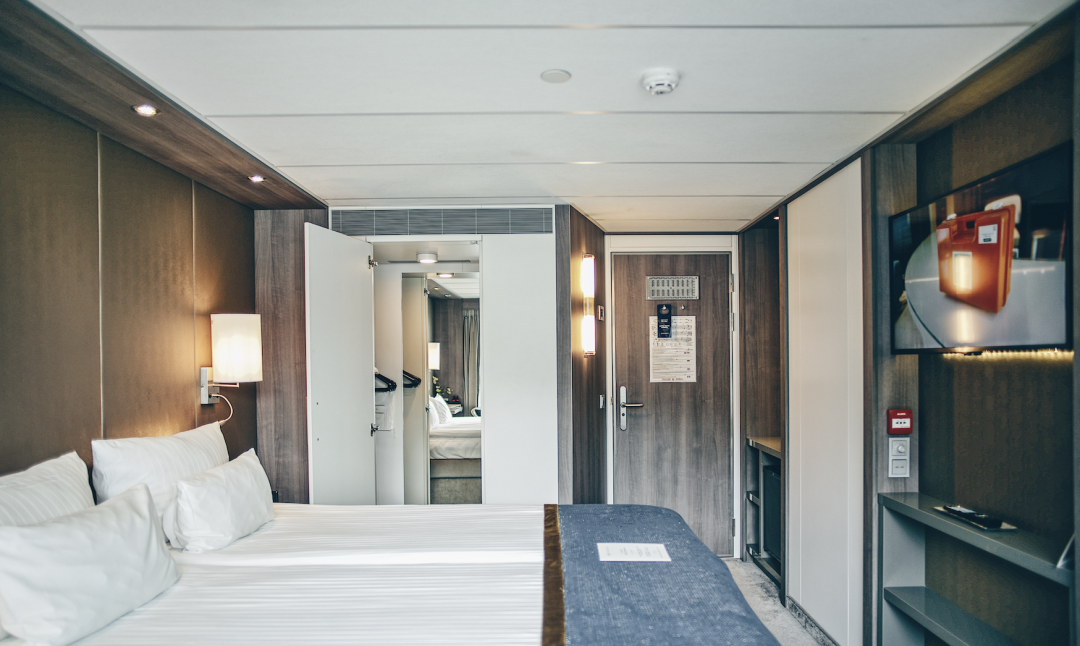
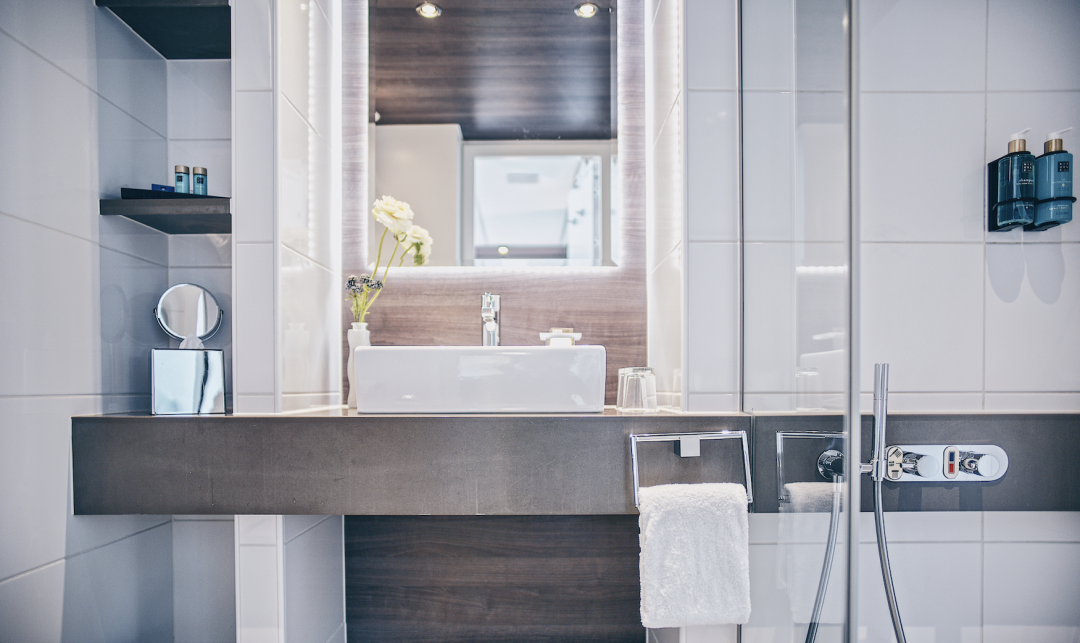
If you enjoy traveling, don’t forget to follow and pin our official account!
